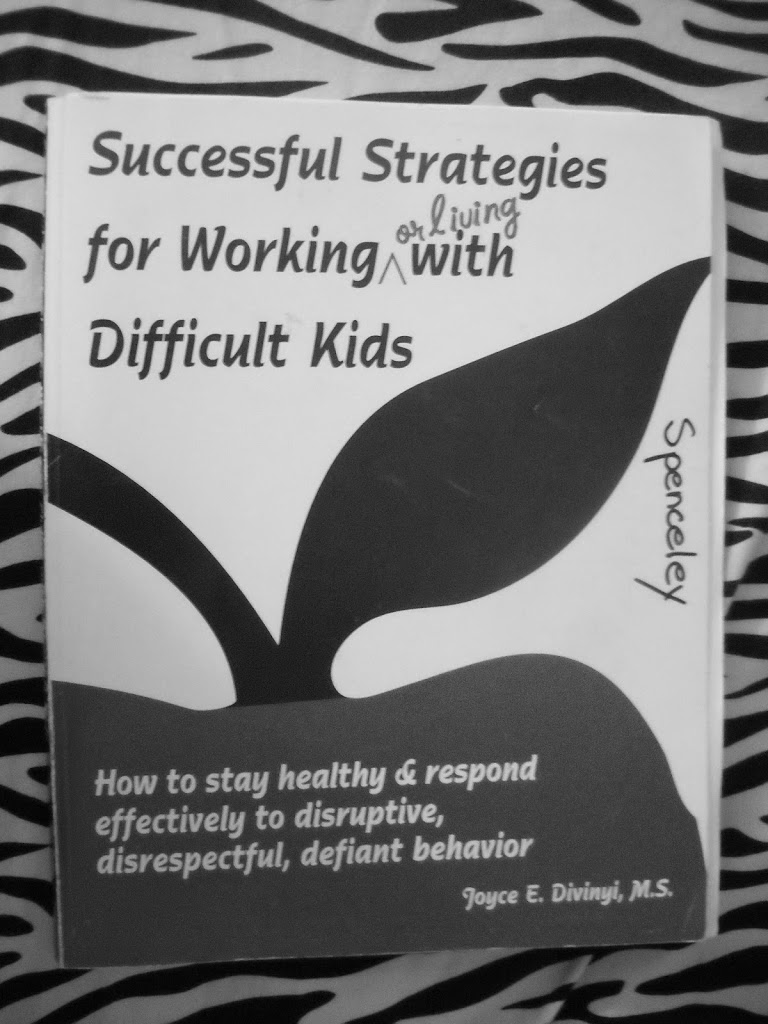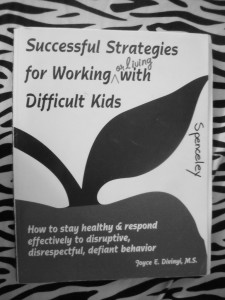Whilst browsing the interweb recently, I stumbled upon a column called “‘Abstinence Only’ Exposed as Subversive of Actual Evangelical Values” by best-selling author Frank Schaeffer.
It’s def worth the read. In it, Schaeffer sums up a book he read, called Making Chastity Sexy: The Rhetoric of Evangelical Abstinence Campaigns by Christine J. Gardner, which I really want to read now. In his analysis of the book, Schaeffer – who agrees with what Gardner wrote – makes several points, including these: that abstinence only programs make sketchy promises and, in the long run, don’t achieve what they’re designed to achieve.
Schaeffer says:
“…abstinence only programs like True Love Waits, Silver Ring Thing, and the Pure Freedom are selling virginity as a sexy choice of personal affirmation using consumerist techniques that are promising ‘better sex,’ in fact ‘great sex’ and perfect marriages if virginity is maintained as a ‘gift’ for the prince or princess …”
I have never been to a legit True Love Waits rally, nor to Silver Ring Thing or Pure Freedom events (although I did play the part of “teen 1” in a radio ad for a Silver Ring Thing rally on Spirit FM, the radio station where I interned in college. Memories!). But from what I’ve heard and gathered, what Schaeffer says is true. The teens who sign the pledge and buy the rings often are told that because they wait, sex for them will be “amazing,” and better, in fact, than the sex their friends have who aren’t waiting.
Amazing in what way?
Better how?
No one defines these terms, so the assumption – and naturally so – is usually that if one saves sex for marriage, sex will (instantly and intuitively) be fabulous, as early as the wedding night.
The problem with this is twofold.
1. When the focus is on how the reward for waiting is sex that’s more gratifying than other peoples’ sex, it promotes “world sex” (or the phrase I just now made up to describe sex as the world sees it). To quote what I wrote about it in a column for RELEVANTmagazine.com,** “its primary purpose is pleasure, and it is often utilitarian in practice (‘I’ll use you, you’ll use me, and it is good as long as both of us enjoy it.’).” World sex, therefore, does not always require love, and isn’t necessarily selfless, which is the ultimate reason we – and by we, I mean people who worship Jesus Christ and follow his teachings – choose not to participate in it. Anyway, my point is this: If in promoting “saving sex for marriage” our primary focus is on the pleasure (i.e., how much of it, or how much more of it, we’ll experience if we’ve waited), what we imply (even if unintentionally) is that the primary purpose of sex is the pleasure, and that the reward for waiting is maximized pleasure. But a) not necessarily, and b) there is so very much more to this than that.
and
2. When abstinence only organizations promise people knock-your-socks-off sex (in terms of physical pleasure) at marriage because they waited, there are a lot of people who’ll be pretty disappointed on their wedding nights. Obvs, I don’t know this from personal experience, but there are some fabulous people who have courageously stepped up and said a) sex will not necessarily initially or always be effortlessly gratifying, b) just because you save sex for marriage doesn’t mean sex will be “amazing” right away and c) that it is ok if it isn’t. People need to hear this.***
So this brings us to sex education.
How much information should young people be given about sex? And what kind of information? Is the amount and kind of information given in abstinence only programs enough?
In his column, Schaeffer calls out abstinence only education for falling short of actually teaching about sex, and for not accomplishing what it sets out to accomplish. He says:
“The abstinence only program not only fails but sets up young people to fail doubly. First, as the book notes, at best sexual activity is delayed only by a few months or years and then when the young person enters into sexual relationships, they are more exposed to pregnancy and venereal disease, not less.”
His point, and the book’s point I think, is that kids who signed the pledge but had sex anyway are more likely to conceive a child, more likely to acquire an STI because, a person who pledged not to have sex didn’t plan to have sex and as such, isn’t prepared to have sex “safely.” And that’s true. (For the record, I am not for the use of contraception, but that’s for another post.)
And so in my observation, people who aren’t proponents of abstinence only education are often in favor of the kind of sex ed that involves free condoms. But do we only have two choices?
I think there is probably something better in the middle. Something that covers the biology and spirituality and psychology involved. We act like if we talk about sex with young people, young people are going to go have sex right now. But do you think sex is treated the way sex is treated in our culture because too many kids got good sex talks?
Maybe it isn’t because kids know a lot about sex that they decide to have sex. Maybe kids decide to have sex because they don’t know enough about it. And – here’s where else we have to step up – maybe kids decide to have sex because they don’t know enough about love.
– – – –
*Click here to read Frank Schaeffer’s column.
**Click here to read the “erotica in Christianity” column I wrote for RELEVANTmagazine.com
***Click here to read one woman’s story about sex as a challenge.


